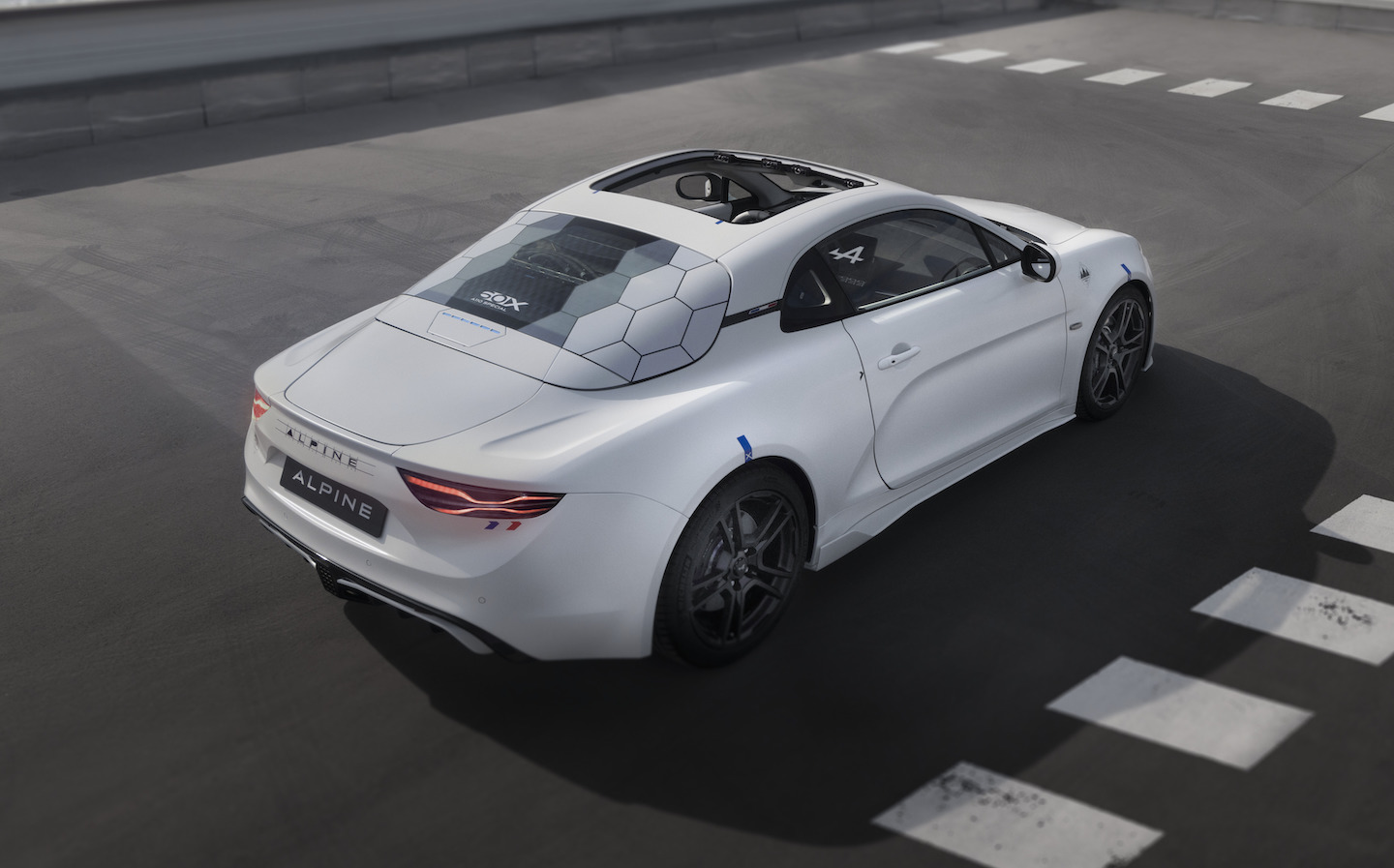Alpine E-ternité concept previews future electric sports car
Liberté, égalité, E-ternité!
Alpine has unveiled an electric, convertible concept version of its lightweight A110, which points the way toward the company’s future in EVs.
Dubbed the A110 E-ternité, the name derives from the Renault Group’s head, Luca di Meo’s statement shortly after he arrived at the company that he wanted to “electrify Alpine to preserve its name for all eternity.”
Turning Alpine’s much-loved lightweight into an electric vehicle presented a particular set of engineering challenges as the car was designed from the ground up to utilise an internal combustion engine. Thus far, battery packs have often proven unacceptably heavy for sports cars.
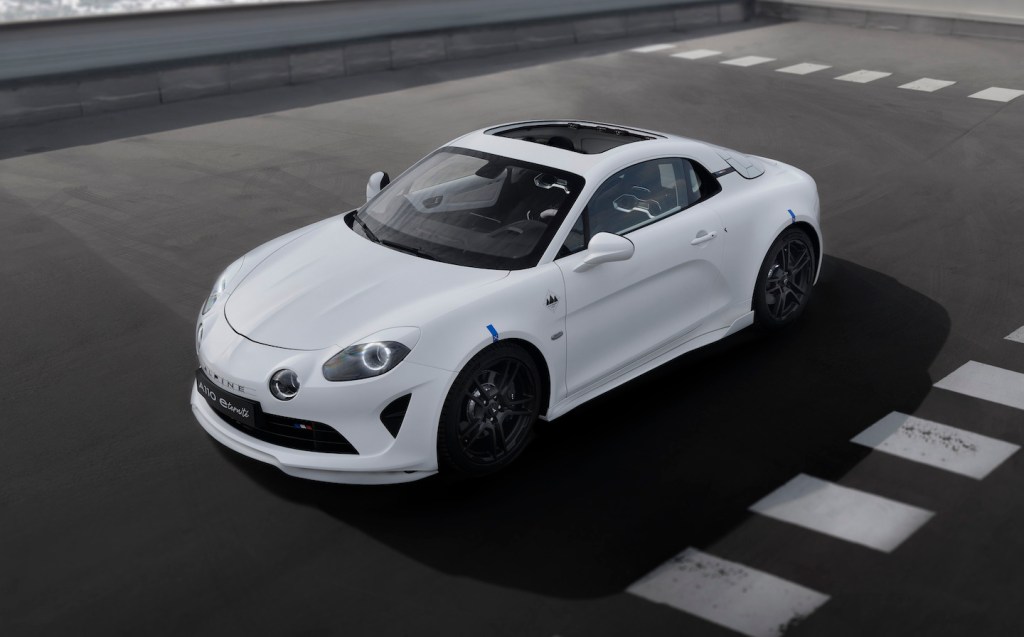
A 261-mile range
Sticking with in-house parts, Alpine sourced most of the E-ternité’s drivetrain from the Renault Mégane E-Tech Electric. The twelve battery modules combined were too big to fit into the A110 in one mass, so it was necessary to divide them. With four at the front and eight in the rear, which, thanks to weight savings elsewhere, means that the A110 has only gained a respectable 258kg overall as well as 60kWh of power storage and the ability to travel up to 261 miles between charges.
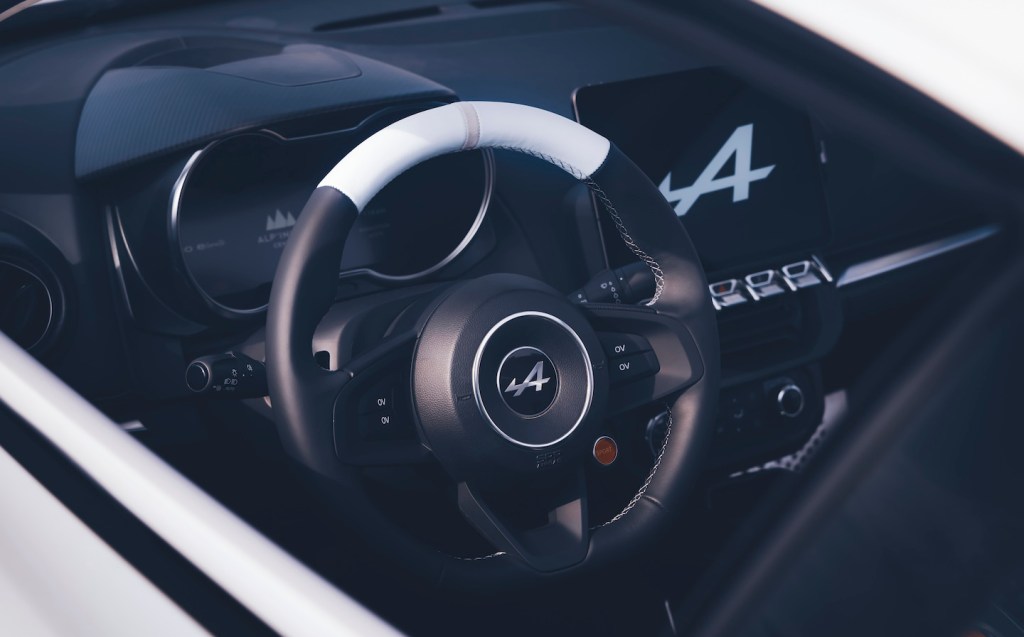
Those battery cells supply a single 239bhp electric motor (also sourced from the Mégane) which drives the rear wheels through a dual-clutch, two-speed transmission specially designed by Alpine and its gearbox supplier for the project. The E-ternité sprints from 0-62mph in 4.5 seconds and travels on to a (high for an EV) top speed of 155mph.
Also notable is the convertible roof, though it’s not a standard top-down convertible roof such as on a Mazda MX-5 roadster. Alpine said there have long been calls for a convertible Alpine, but due to the limitations of the A110, the E-ternité engineers have had to adopt a more left-of-field solution using removable carbon-fibre roof shells to achieve an open-top experience.
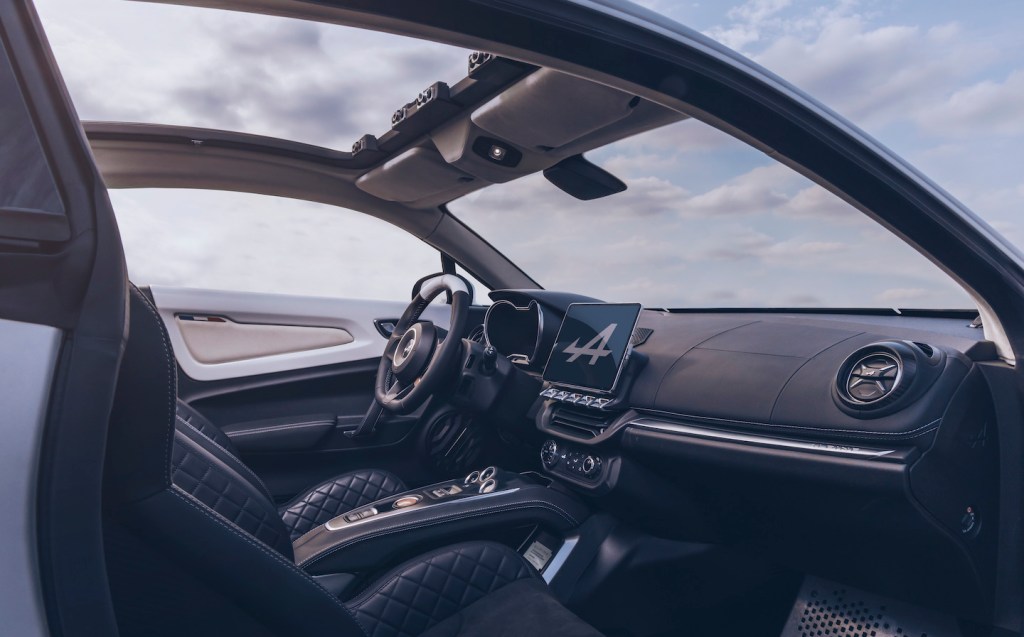
Updated interior
Perhaps addressing criticisms that the A110’s infotainment set-up is a bit passé, the E-ternité’s interior features not just a new eight-speaker surround sound system but also a multimedia system which uses the driver’s own tablet as a touchscreen display, meaning that all the apps are where the driver expects to find them and that the operating system is always up-to-date.
In addition to the technical E-ternité concept, Alpine has also built another version using a flax-based material for some of the car’s major parts, such as the bonnet, roof, rear window, grille, seat shells and rear skirt.
“As strong as carbon-fibre and with better acoustics, flax is a material of the future,” the company said.
“This new experience also makes it possible to prepare for the future. Indeed, the design of the parts is now compatible with the various composite materials, which means that the same mould can be used to produce carbon, glass or flax fibre composite.”
The Alpine A110 E-ternité concept will debut at the French Grand Prix over the weekend. Although a production version at this point looks unlikely, it’s not inconceivable.
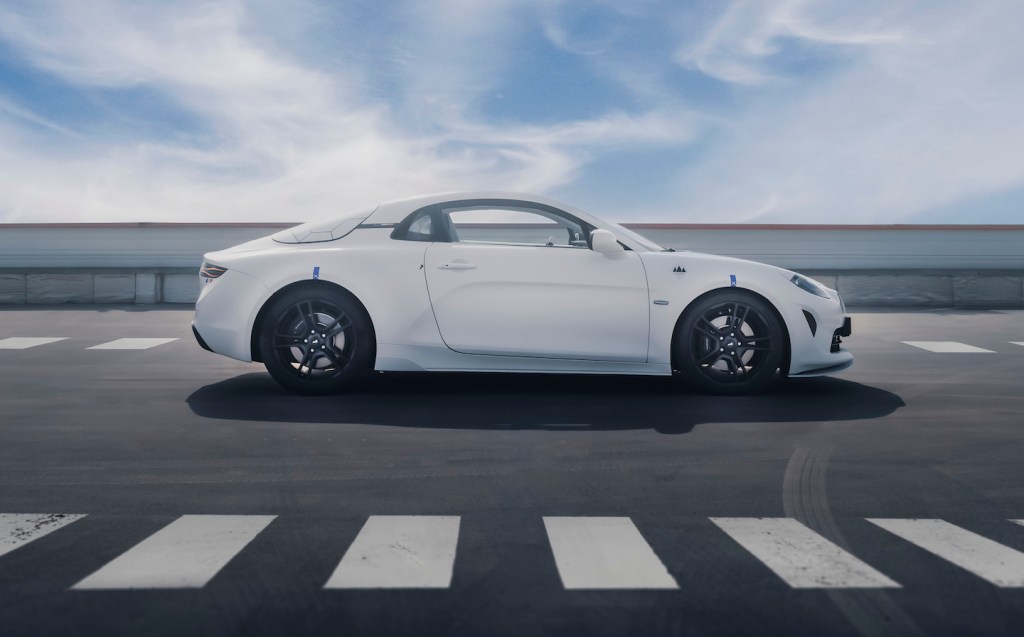
Alpine’s future plans
Alpine will launch a sporty version of Renault’s upcoming, retro-styled electric supermini, the R5. That is likely to be followed by a crossover, currently coded the GT X-Over. Alpine plans to electrify its entire line-up by 2026
In 2025 or 2026, Alpine has said it will launch a new sports car to replace the A110, a car which is currently in development in collaboration with Lotus. Should the current A110 remain in production until then, it will have been around for nearly ten years. If an electric version like the E-ternité is technically feasible, it could act as a low-volume bridge between the current model and a future sports car.
Related articles
- After reading about the Alpine E-ternité concept, check out our review of the Alpine A110
- Read how TVR refuses to die and has plans for three new electric cars
- Did you hear that Honda is reported to be working on production version of sports EV concept?
Latest articles
- Aston Martin Valkyrie AMR-LMH hypercar hits track ahead of 2025 Le Mans challenge
- Porsche has begun testing the electric Cayenne
- Cupra Leon 272 eHybrid 2024 review: Bigger battery, better tech … but is it a Cupra?
- Porsche 911 GTS 2024 review: Hybrid heresy or more Stuttgart genius?
- Extended test: 2023 Vauxhall Astra Sports Tourer GS PHEV
- Ford Capri revival has faced a lot of flak… but are buyers put off? Here’s what visitors to the Festival of Speed had to say
- F1 2024 calendar and race reports: What time the next grand prix starts and what happened in the previous rounds
- ‘No timeframe’ for how long Volvo’s returning estate cars will be on sale in UK
- Kia Picanto 2024 review: Updates add spice to cute Korean city car


